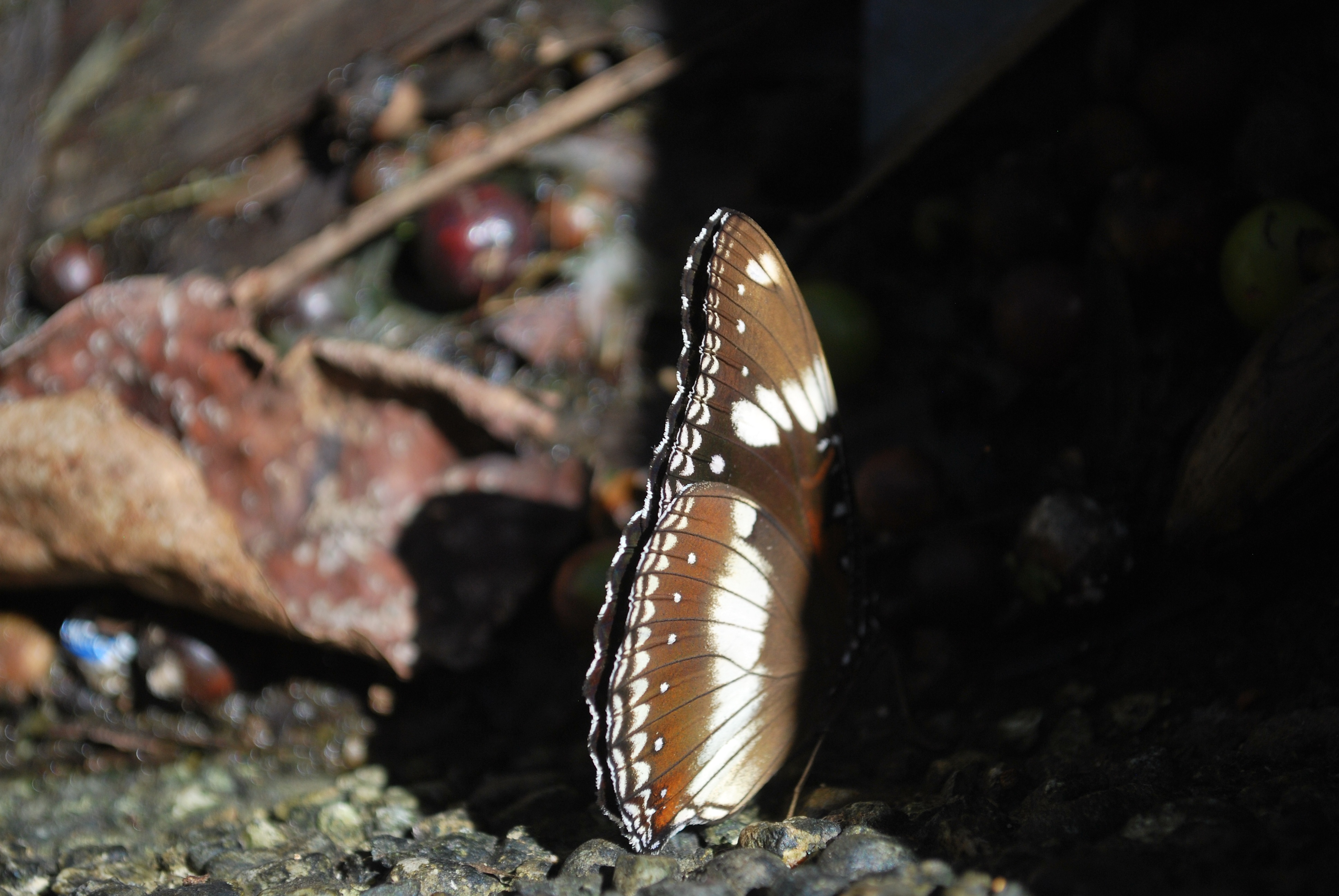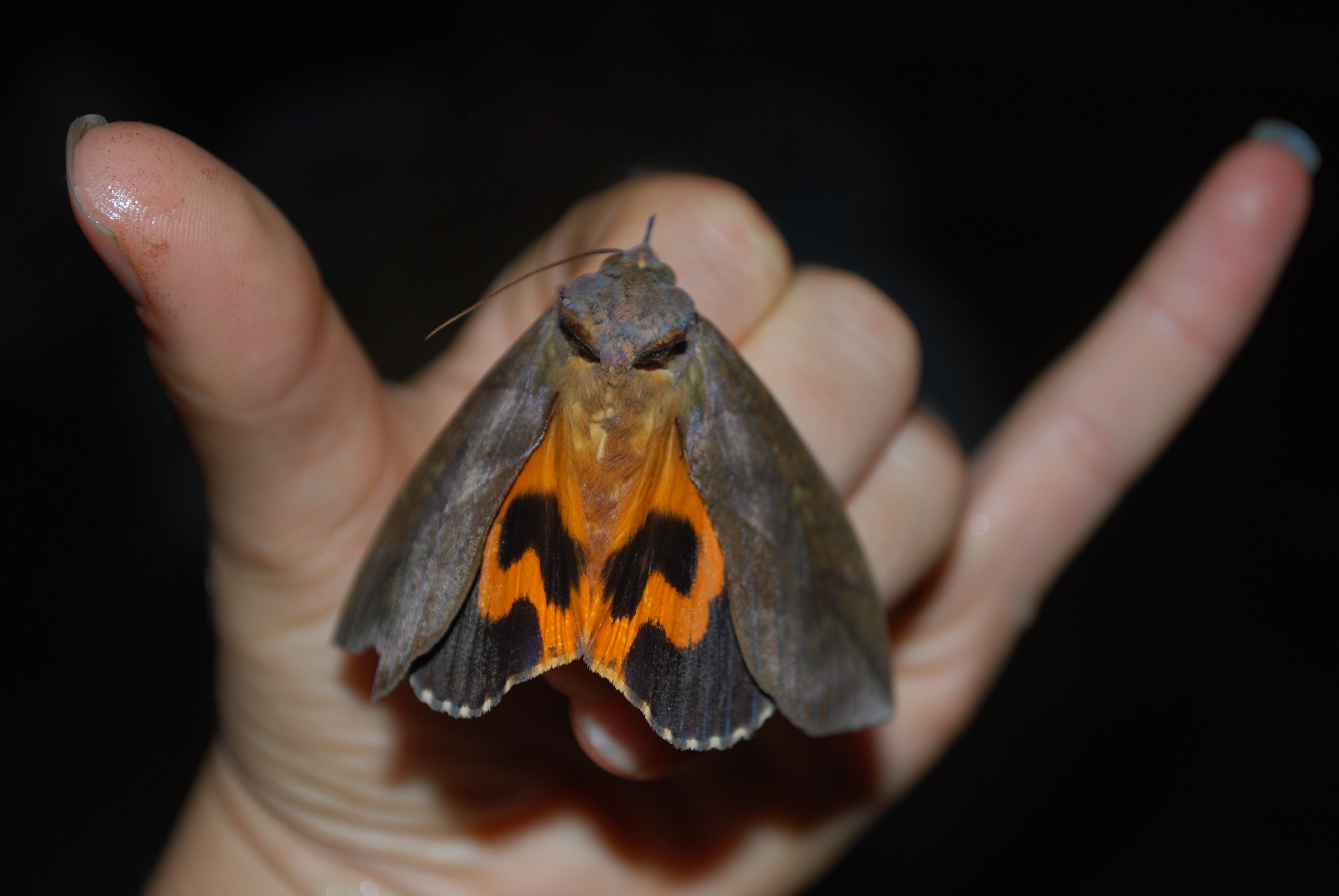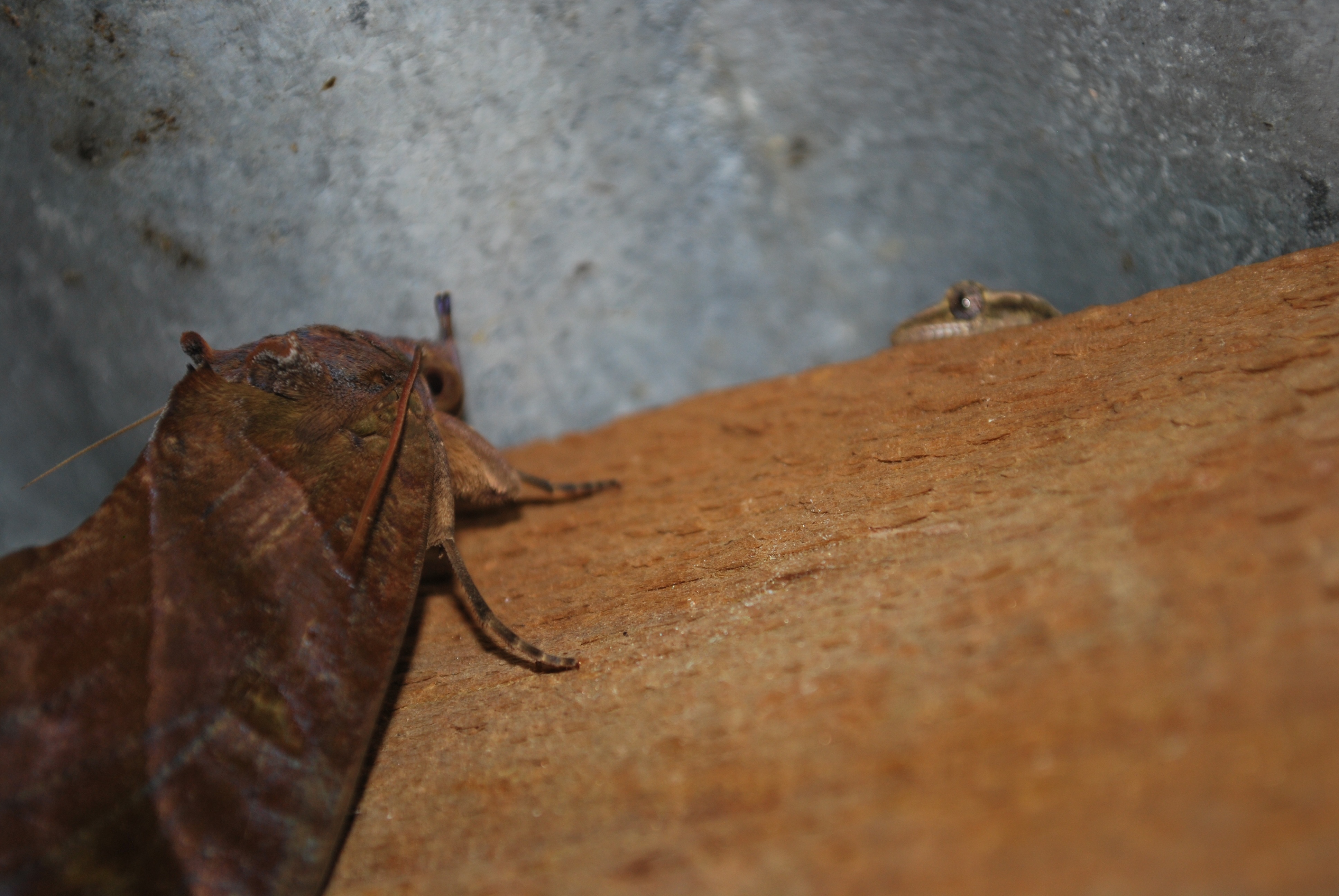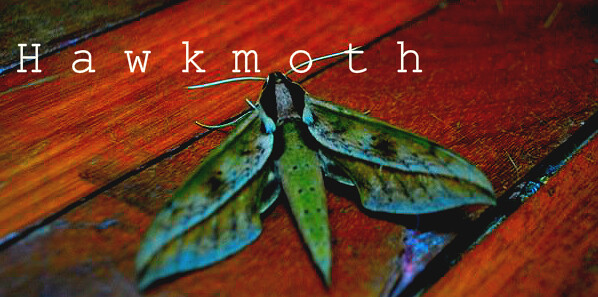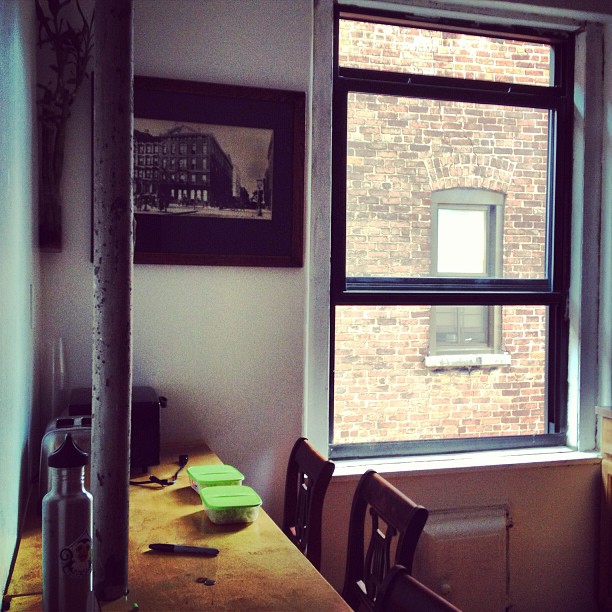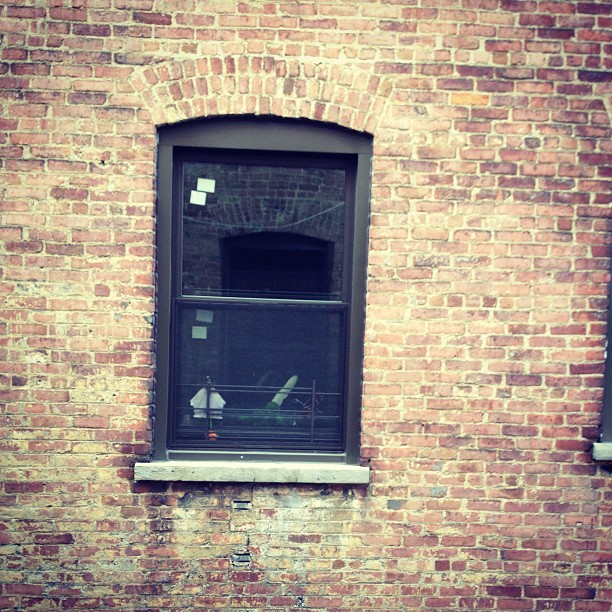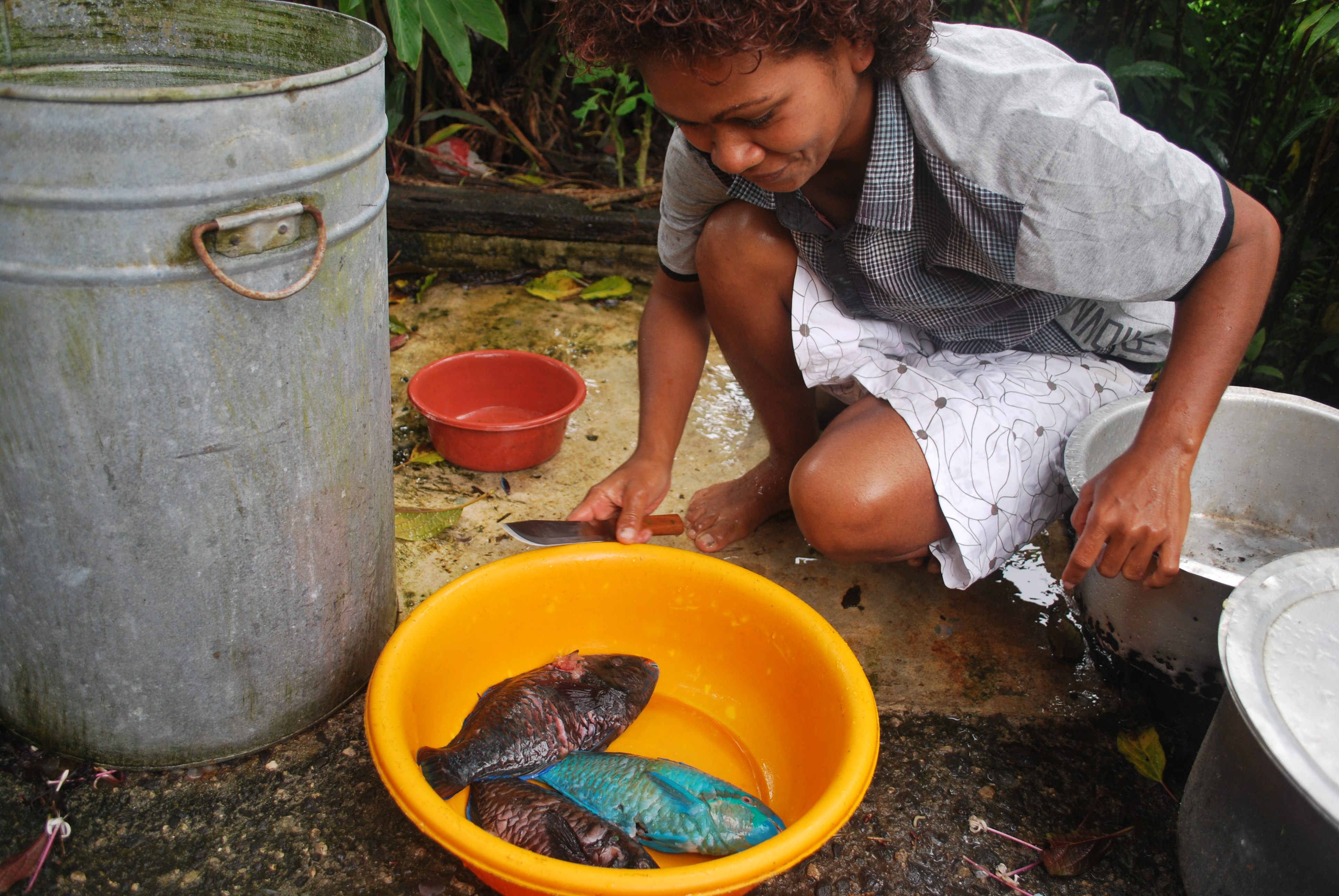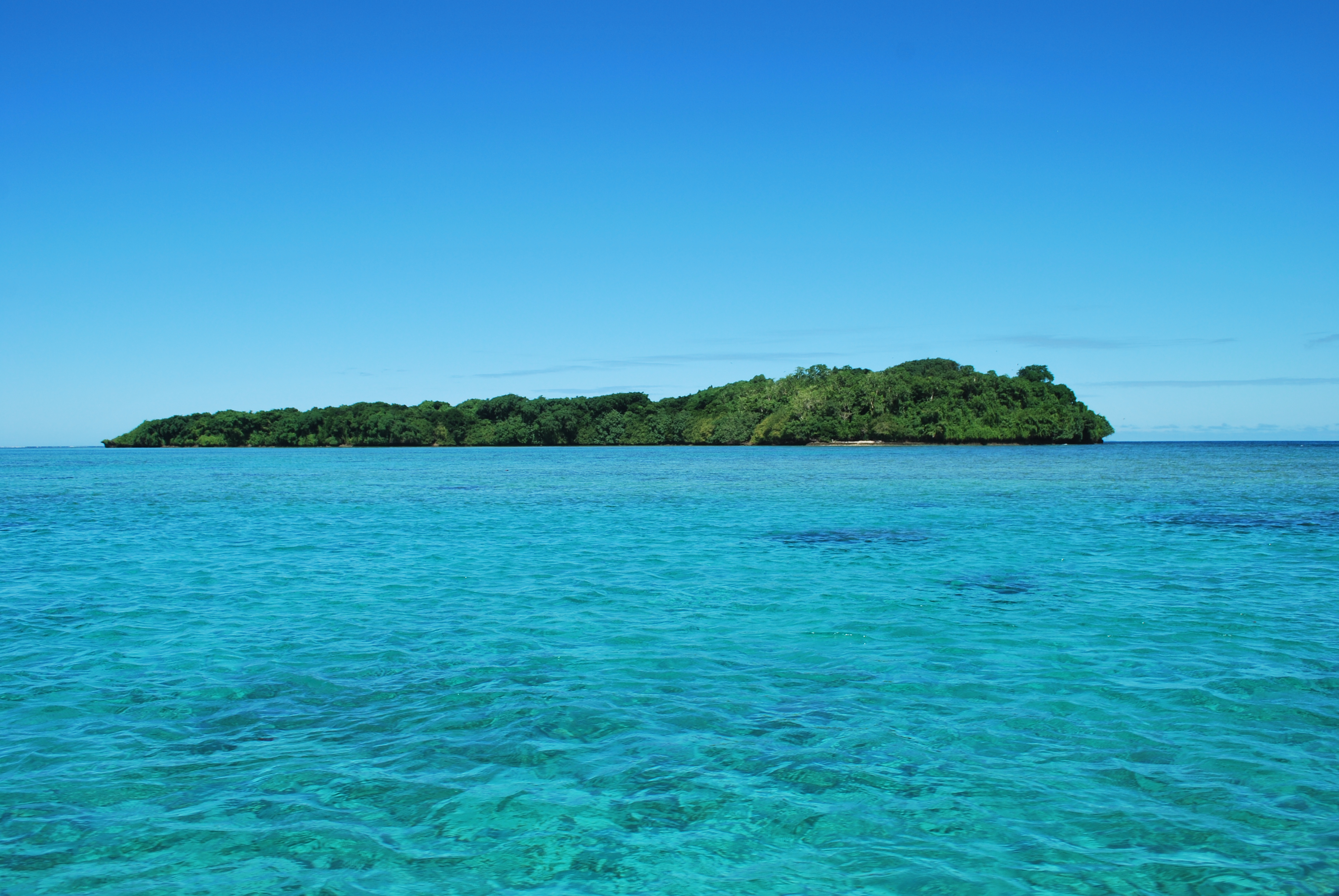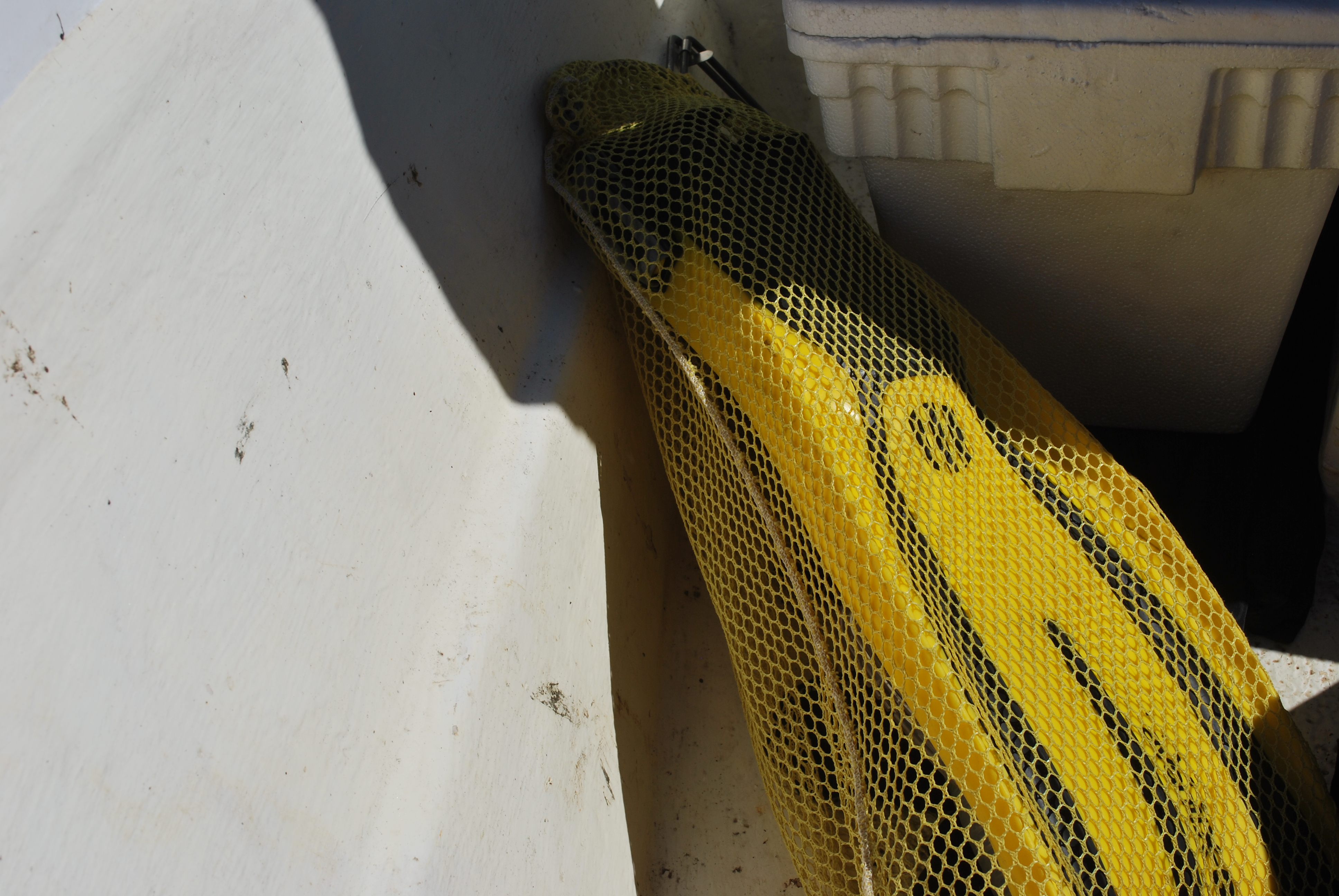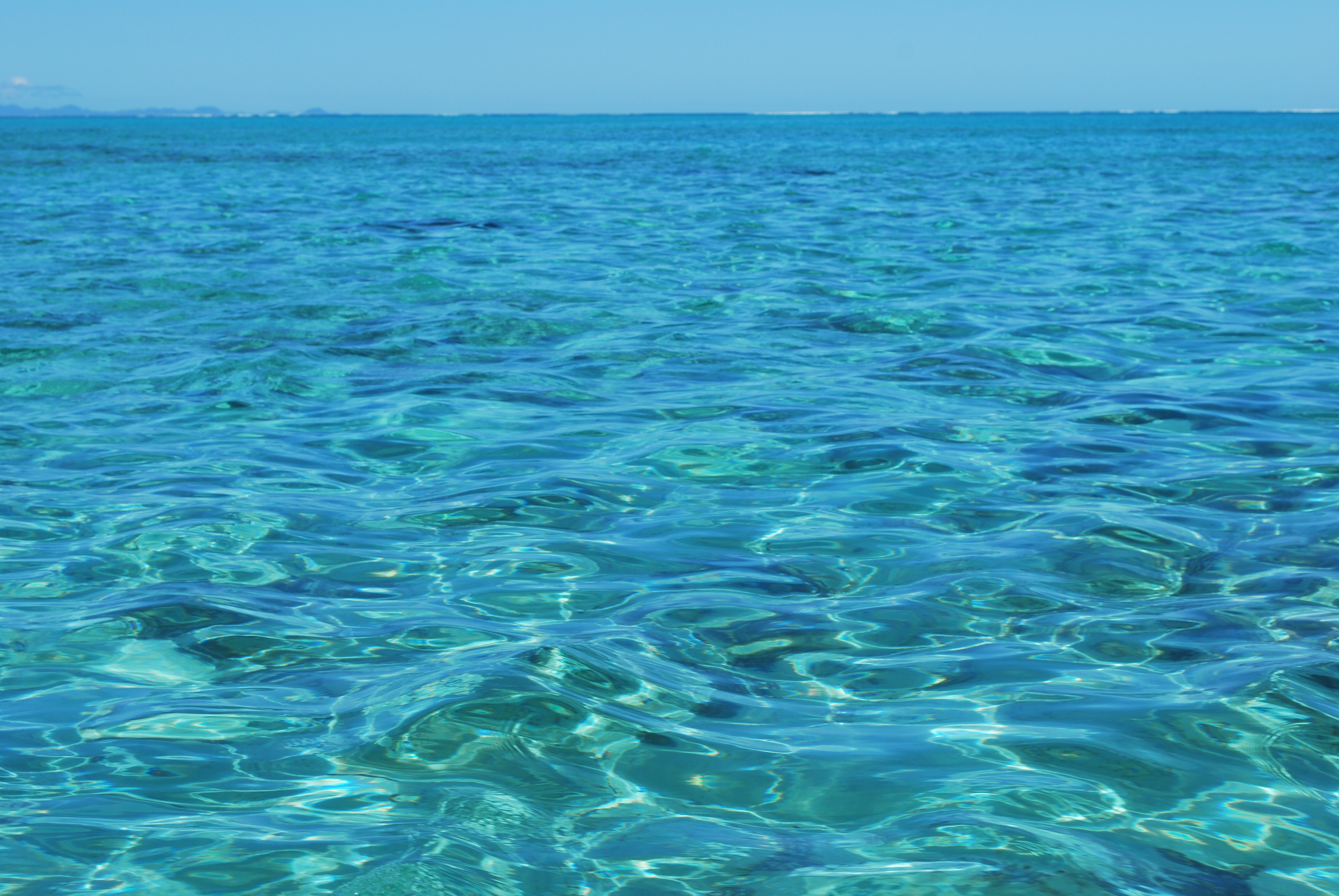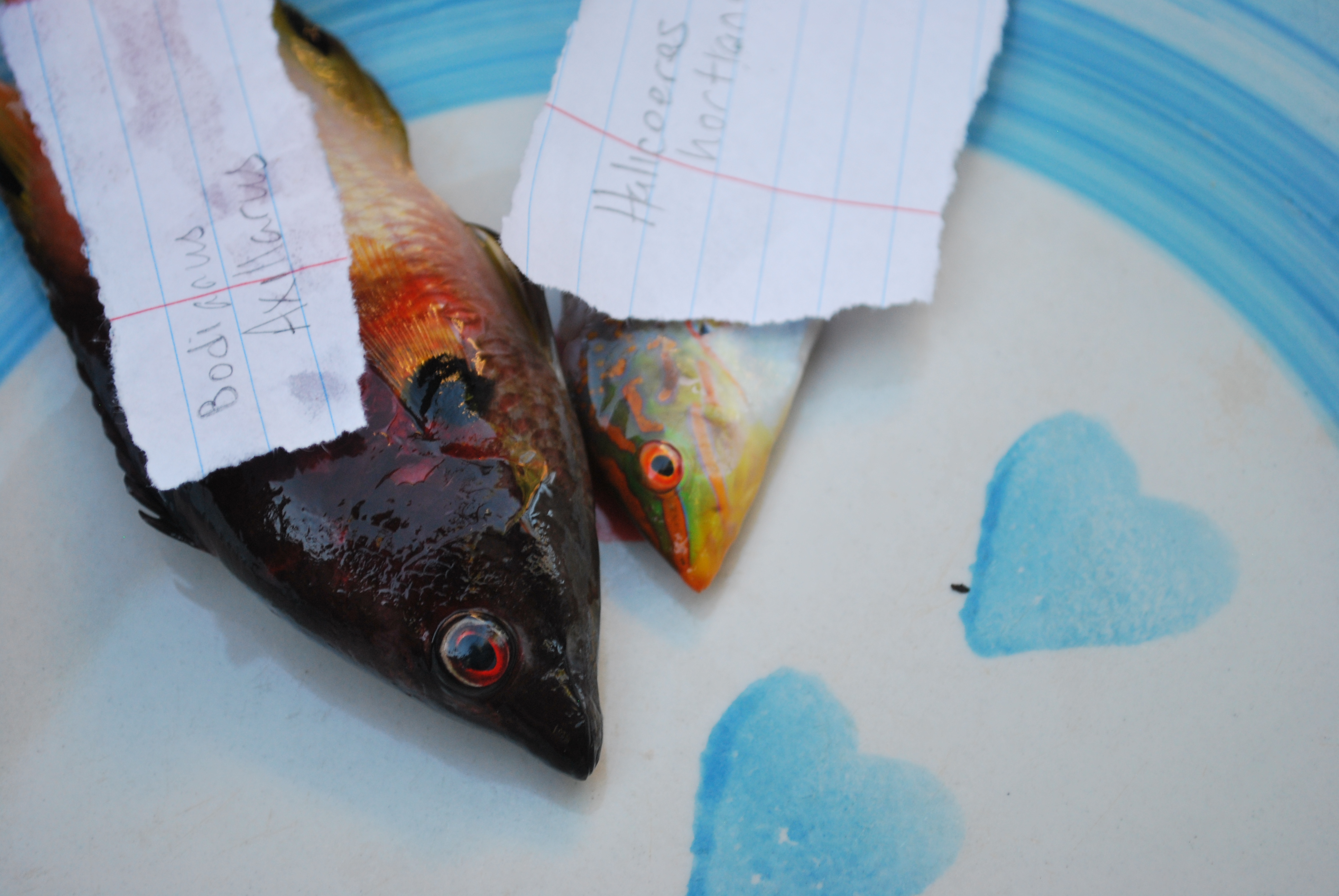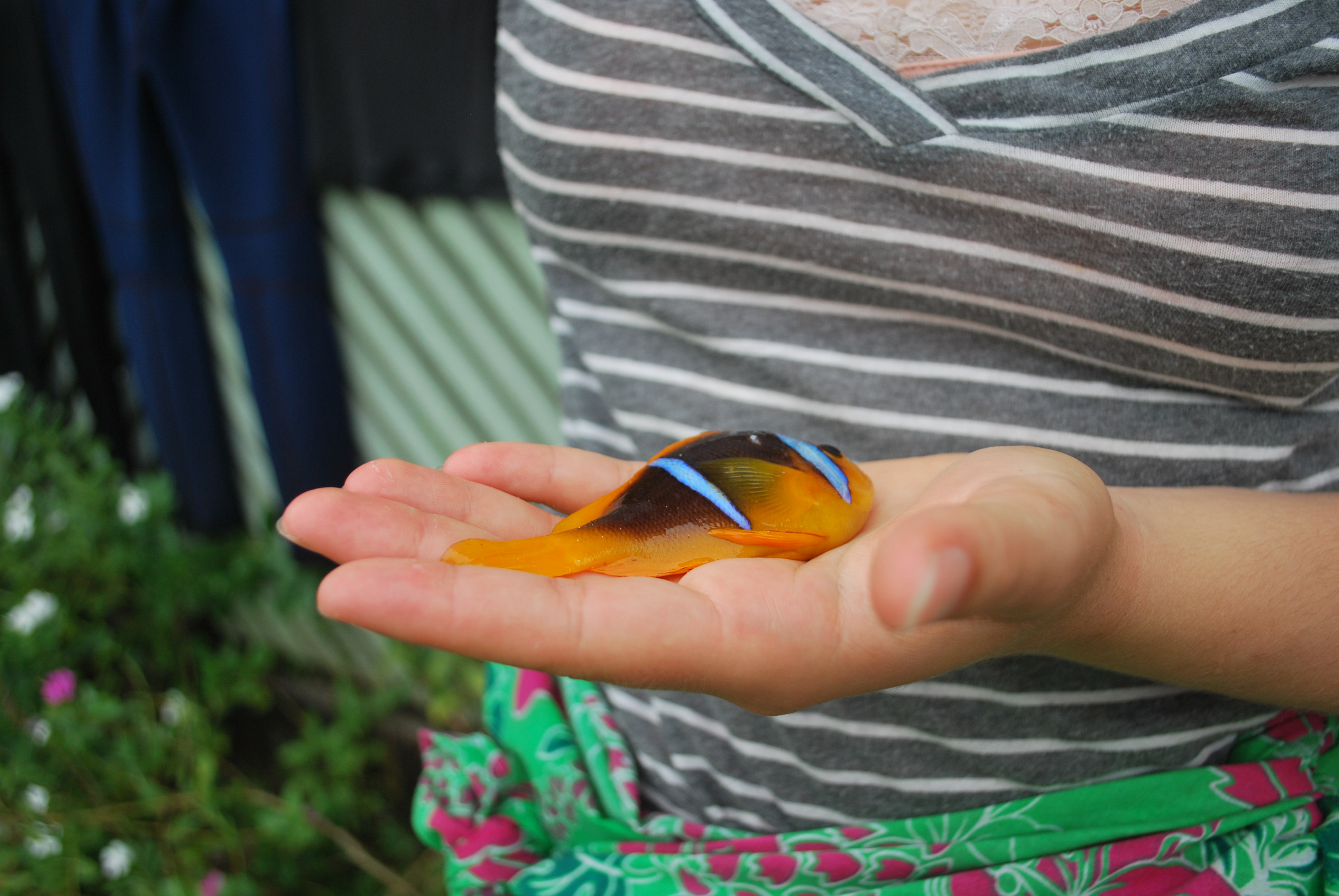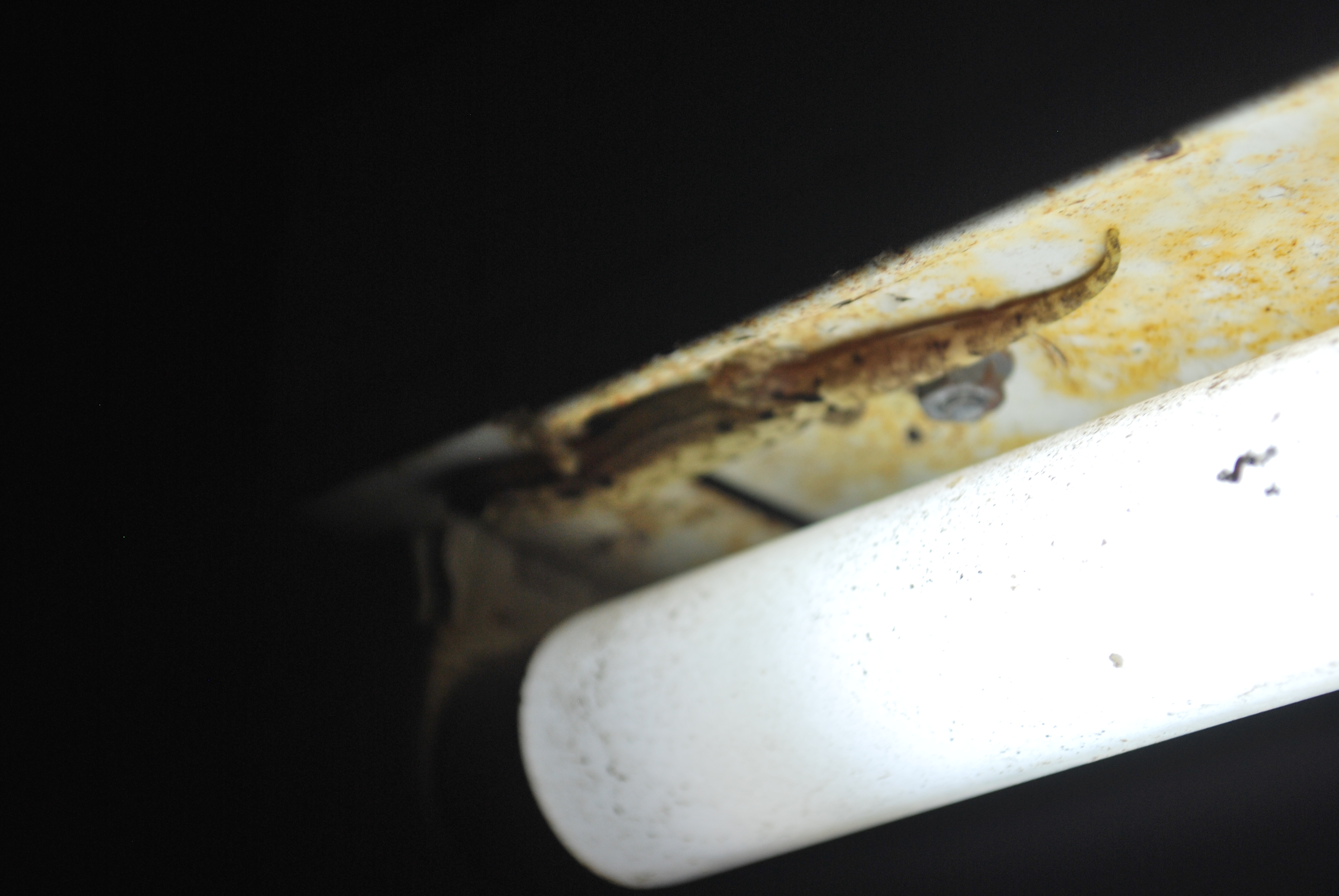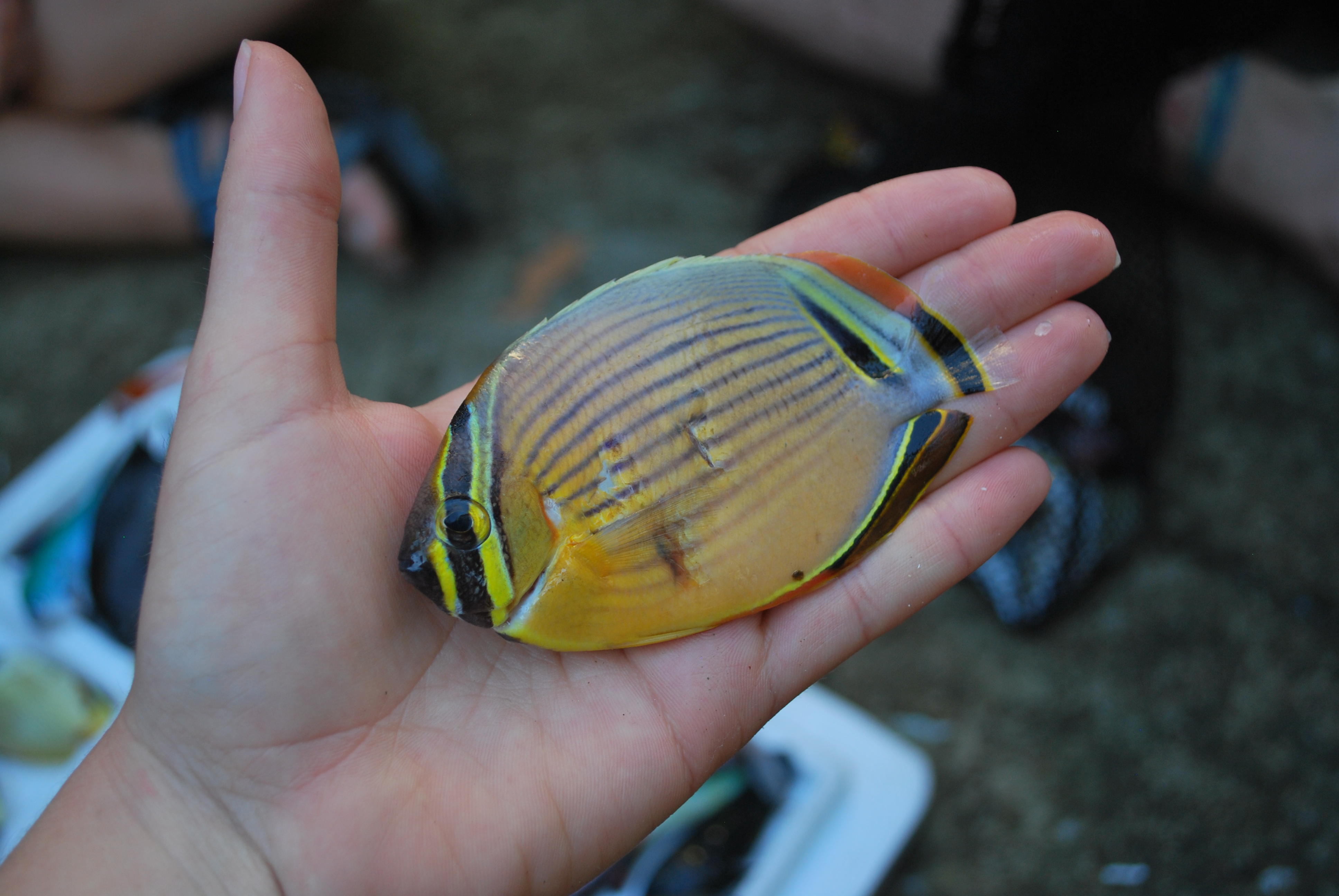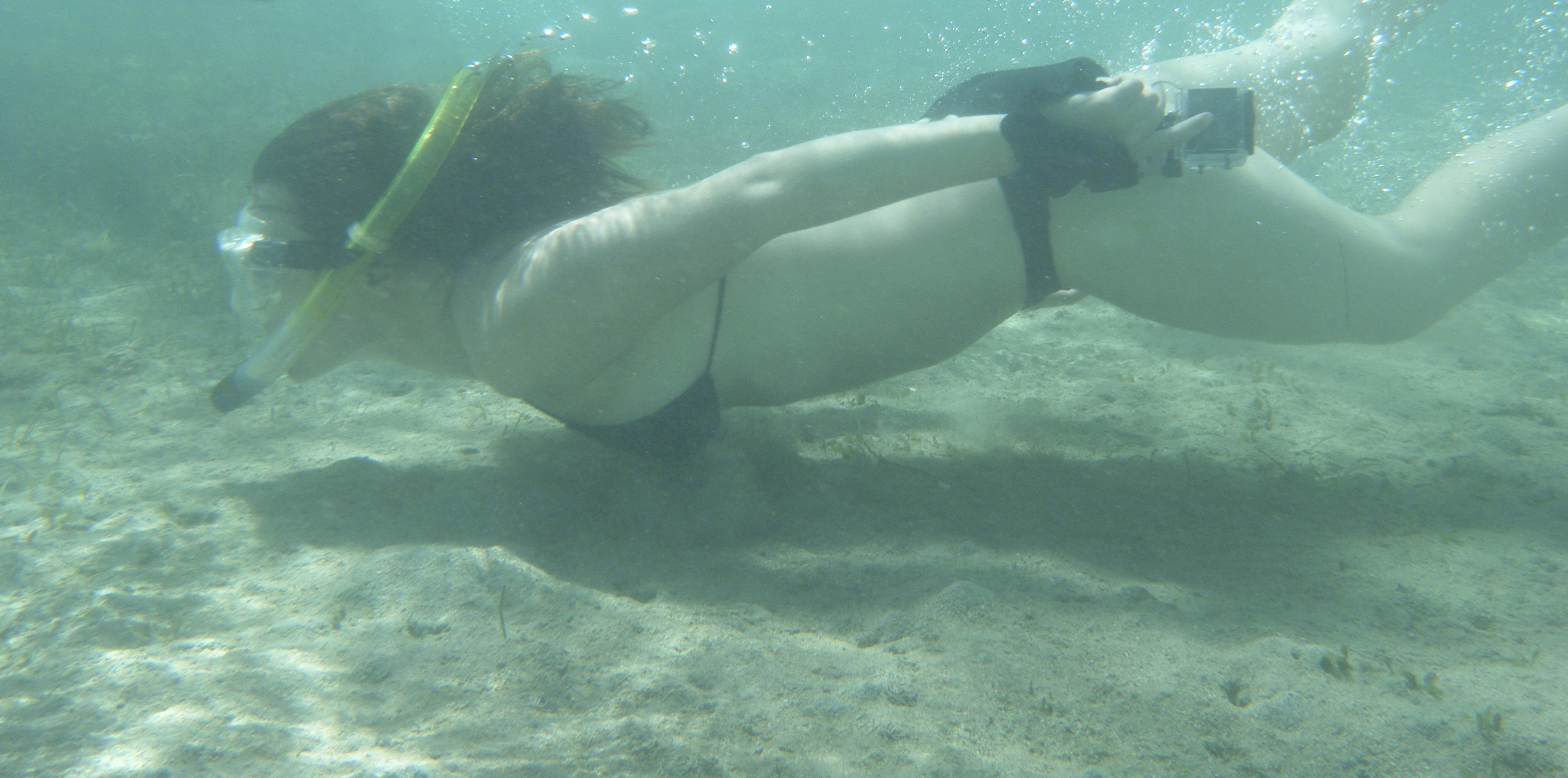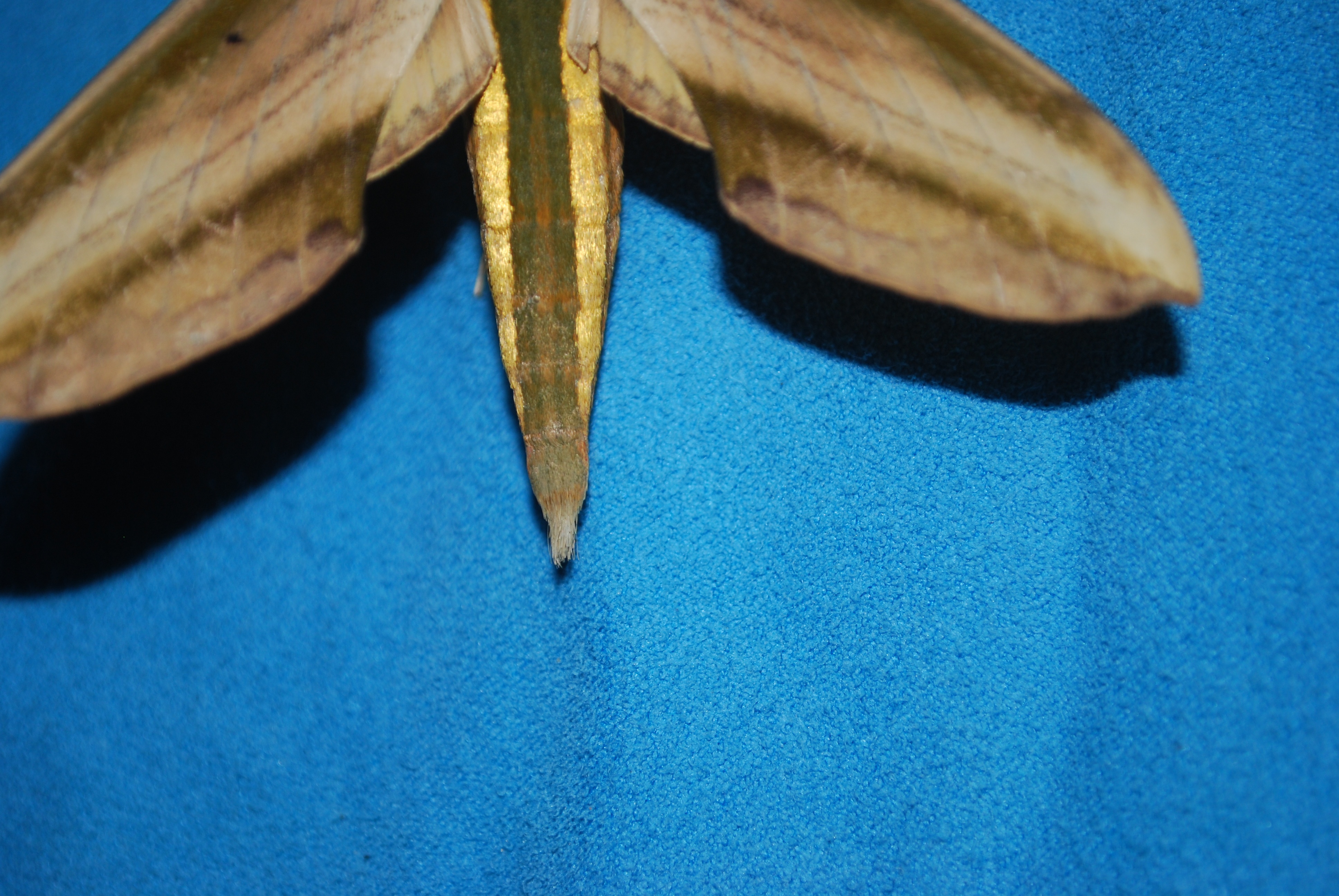
This blog is named for the Sphingidae, a family of large-bodied moths commonly known as sphinx moths, hawk moths, and hornworms. The roughly 1,500 known species that compose this family are most well represented in the tropics, but have a globally cosmopolitan distribution.
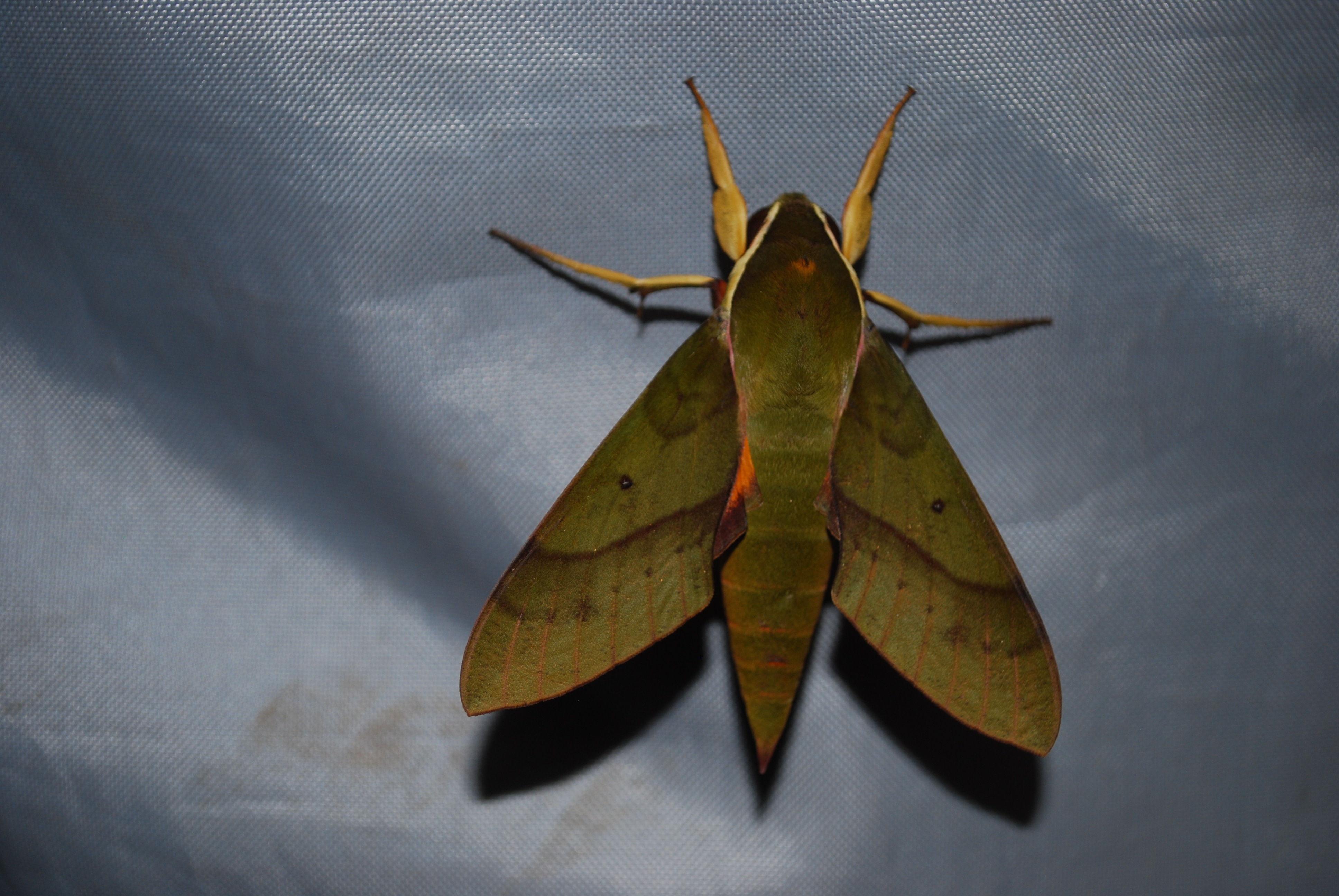
Although their large size may be imposing, sphingid moths can’t bite or sting. They are nectivores much like hummingbirds, pollinating flowers at dusk with a long coiled tongue (called a proboscis). The lengths of this tongue are quite impressive, reaching 14 inches in one East African species (Morgan’s Sphinx, Xanthopan morgani).
The discovery of this particular moth also provided early evidence for The Theory of Evolution by Natural Selection. In the mid-1800s Charles Darwin was working on plant-pollinator relationships, and came across Angraecum sesquipedale, a Malagasy orchid with an unusually long nectary (up to two feet). He predicted that a moth must exist with an equally long proboscis (unprecedented at the time), to pollinate the flower. This moth (X. morgani) was discovered 21 years after Darwin’s death, corroborating a prediction he had made decades earlier, based on the
principles outlined in The Origin.

During our recent time in Fiji, the team encountered several species of sphingids in the rural village of Naigigi. I did not observe any large moths in Suva, but perhaps I wasn’t looking hard enough. Certainly in Naigigi the moths presented themselves willingly. There, they hummed around lanterns and clung conspicuously to the curtains.
16 sphingid moths are known from Fiji, catalogued by The Bishop Museum in their three-year NSF-funded survey of terrestrial arthropods in the archipelago. The museum’s complete checklists of Fijian insects are available in PDF format here, with the order Lepidoptera (moths and butterflies) found here.

The moths photographed in this post are species observed in Naigigi. I'm no entomologist, but I'd guess that photos 1 and 4 are Theretra nessus (subspecies?), and that the little greenish guy in photos 2 and 3 is Gnathothlibus erotus.
We also saw several other lepidopterans in Fiji. I don't have the IDs for these guys yet, but some time with The Bishop checklists should be illuminating.
